
Price Free for under $200k per year. Pro for over $200k per year.
OS Linux, Windows, and Macintosh
Developer Unity
Release Out now
Features Improved rendering pipelines URP and HDRP, multiplayer game creation, and Unity Web
Unity 6 is one of the best real-time engines around and we were blown away by their recently released demo, Time Ghost. This original cinematic video was created using Unity and it showcases what is possible with the latest version of the game engine.
Unity 5 cemented the game engine's position as a viable platform for all creative industries and Unity 6 goes further in delivering improved visual quality, can handle more complex projects and makes practical use of machine learning to speed up workflows.
Unity 6 delivers faster rendering, advanced lighting options, seamless multiplayer workflows, enhanced AI capabilities as well as improved support for mobile web runtimes. What more could you ask for? In this Unity 6 review, I’ll dive into all the new features of this eagerly awaited release - the first new numbered entry in nine years - and see what all the fuss is about.
These developments continue to demonstrate why game engines are the future of 3D art. If you’re interested in finding out more about this particular platform, then check out our everything you need to know about Unity guide after reading this Unity 6 review.
Unity 6 review: what is it?
Unity is a game engine that is used to create video games, films, TV shows, animations, architectural visualisation, and more. All of this is made possible by harnessing real-time rendering technology that utilises the latest developments in CPU and GPU technology.
The real-time engine runs on Windows, Mac and Linux, making it so ubiquitous that any artist, designer, or developer can pick it up and generate amazing results. It is particularly popular amongst indie game developers who love its mobile platform development tools.
Unity has been used on a wide range of popular games, including Zenith: The Last City by Ramen VR and Warhammer 40,000: Warpforge by Everguild. It has also been used to power collaboration at Volvo Cars. The end uses are too numerous to number but if you want to take something 2D or 3D and turn it into an end product that people interact with, then Unity can make it happen.
"We really believe that it is the best version of Unity ever. It is the most stable and most performant version of Unity, and really delivers," says Ryan Ellis, VP Product at Unity.
Unity has worked hard to engage the community through forums and Discord to find out what people want and need. All of this is evidenced in the new features and improvements of Unity 6.
With over two decades of development, Unity is in the best place it’s ever been. Having addressed a number of ‘behind-the-scenes’ issues, including overstretching and licensing faux pas, Unity will be glad to put the past year or two behind them. Unity 6 brings the focus back on features and what the engine is truly capable of.
Unity 6 review: how is it to use?
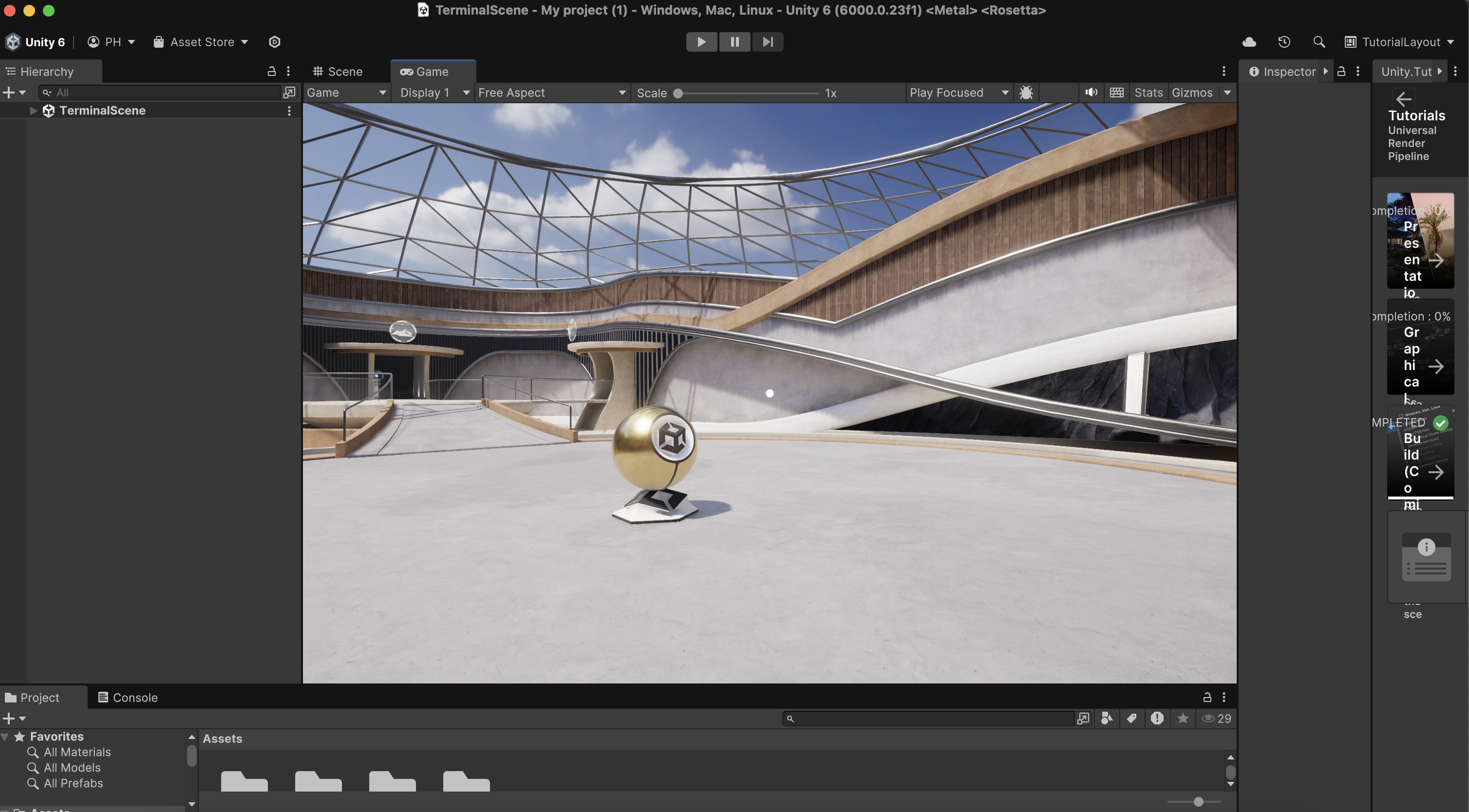
Unity is well known for being an ideal game engine to try if you lack prior knowledge of these types of tools. Features have been developed to create intuitive workflows alongside a graphical interface that pieces everything together. It’s not that there isn’t a learning curve because, after all, this is a complex package, but it’s not as steep as some other 3D packages.
There is an abundance of online videos and written tutorials that help users get up and running in no time at all. If you want tutorials that give you in-depth knowledge while providing industry-useful applications, then I would recommend paying for training from one of the well-known reputable training websites.
As easy as Unity is to pick up and use, it can also get incredibly complicated. If you want to push the boundaries of what is possible or engage with programming languages within Unity, then you really do need some prior knowledge. Learning C# to a good level will set you in good stead with Unity. If you already know C++ or Java, then you’ll be well on your way to mastering programming in Unity.
Unity 6 review: the new tools
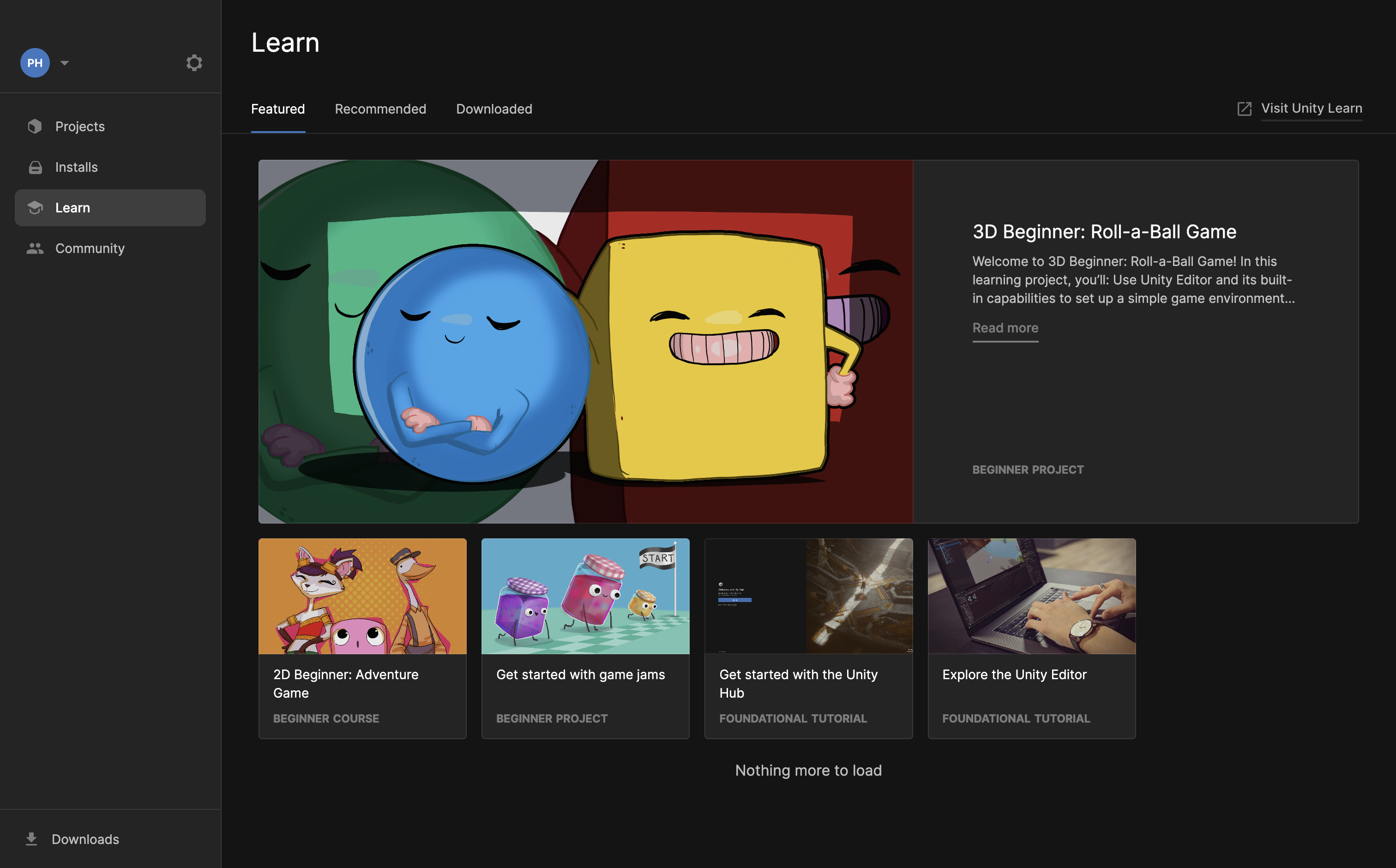
I was super excited to get my hands on Unity 6. With a lot of talk in the run-up and the obvious expectation, the day of its release couldn't come soon enough. I downloaded the new version and launched one of the demo scenes.
Multiplayer game creation The Unity platform provides end-to-end multiplayer functionality with integration across the entire workflow. This makes it quicker and easier to create multiplayer games. Through Multiplayer Center, users can access all the tools and services for the current project.
I was amazed by how easy the workflow was. Unity guides you through every step with clear help to guide you through. I was able to find all the tools I needed without any issue at all. As a result, it is quicker than ever to create features such as a lobby, a session connection, or voice chat.
Faster rendering and better visuals Performance improvements have been made to rendering pipelines, URP and HDRP. One specific improvement is GPU Resident Drawer, which enables users to render larger and more detailed worlds much more efficiently than before. This is true across platforms, including mobiles, PCs, and gaming consoles.
I set up a scene using URP and couldn't believe not only the level of quality but also the speed at which rendering was performed. Unity has always been quick but I've generally favoured Unreal Engine for creating 3D renders and videos. The latest developments here give me cause to question whether I'm using the right tool.
Probe placement can be automated thanks to Adaptive Probe Volumes (APV). This streamlines the process for faster iteration of light-probe-based indirect diffuse lighting. Light Baking Architecture also enables lighting data generation, which is perfect for devices with low-memory GPUs.
Unity Web There is now support for SIMD which guarantees better performance. Additionally, C and C++ multithreading support makes it possible for better native code performance inside browsers. The 2GB memory limit on web projects has now been lifted and increased to 4GB.
Unity 6 review: who's it for?
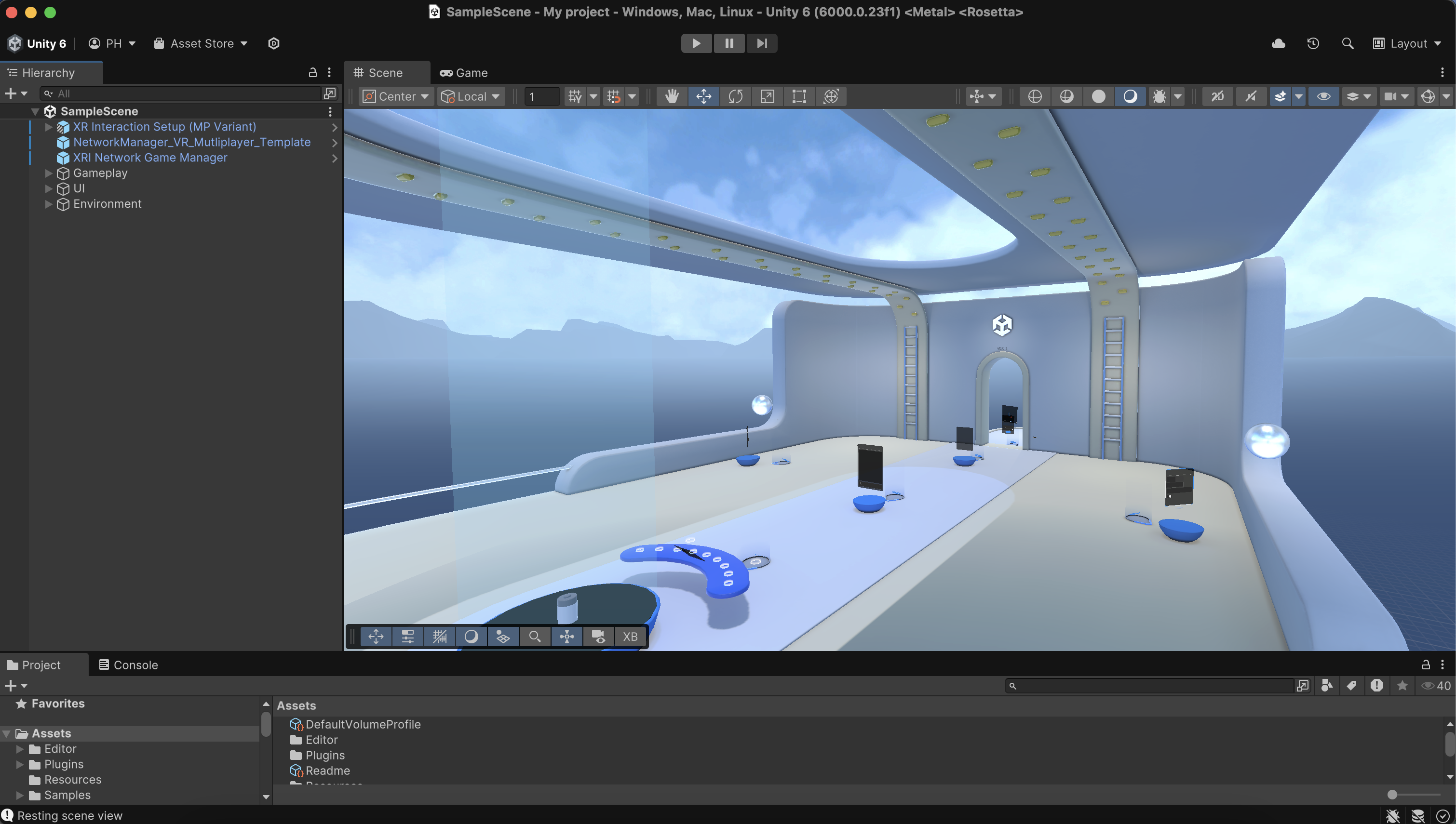
In short, Unity 6 is for everyone. In recent years, we’ve seen a general trend towards an increased use of real-time engines instead of traditional ‘offline’ 3D applications and renderers. One of the primary benefits of using these types of engines is that they can be used to create a diverse range of deliverables. That means you’ll see Unity being used by artists, designers, game developers, visualisers, and product designers, to name only a few end users.
Unity 6 enables these types of creatives generate breath-taking immersive and interactive outputs, including games, videos, real-time interactive outputs, and virtual reality experiences. The rise of global illumination technology within Unity has also led to an increasing number of 3D visualisers turning to the engine.
Unity is also perfect for users who want to publish to a wide range of devices. Exporting capabilities to Android, iOS, Mac, PC, and gaming consoles means Unity has all the bases covered. Creatives can also switch between outputs without having to start from scratch.
One of the other benefits is that Unity can be used on Windows, Mac, and Linux, so there’s no limitation in terms of the operating system. This makes it easy for any artist or studio to adopt the engine, no matter their chosen hardware and software setup.
Unity 6 review: what could be improved
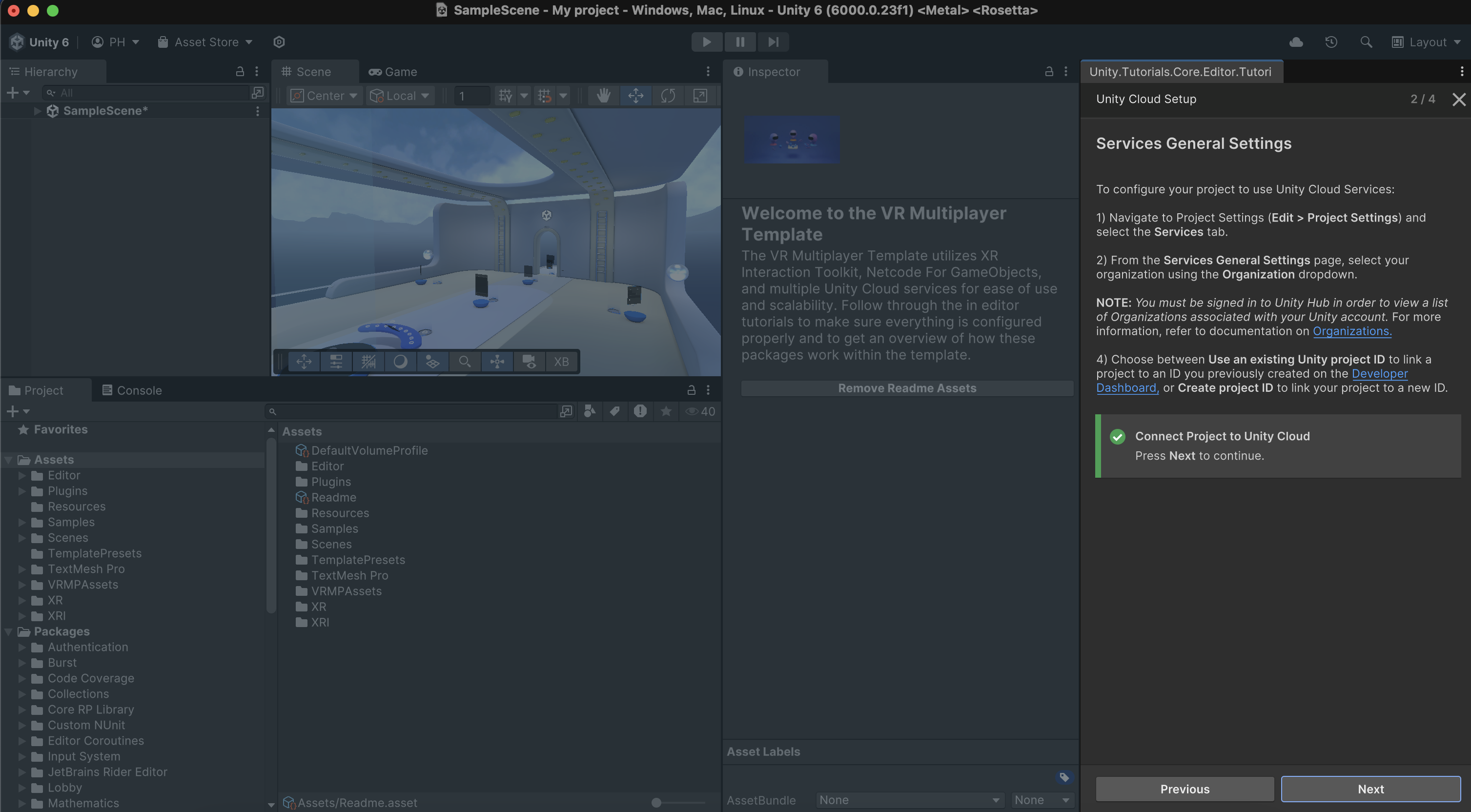
Unity 6 still has a lot of work to do in the whole area of animation, especially being able to handle complex and demanding setups. A lot of this is already in the pipeline, which is exciting to see but only time will tell whether Unity keeps pace with other animation packages such as Autodesk Maya.
There is also room for improvement with Unity 6’s render pipelines. Because Unity cover so many end uses and deliverables, the render workflows required are often many and complex. If Unity can streamline these into something more unified and straight forward, then they’ll enable creatives to switch between outputs much more easily
Unity have also promised to improve worldbuilding tools through the life cycle of Unity 6. This will further make Unity a one stop shop for all your modelling and rendering needs.
Unity 6 review: price
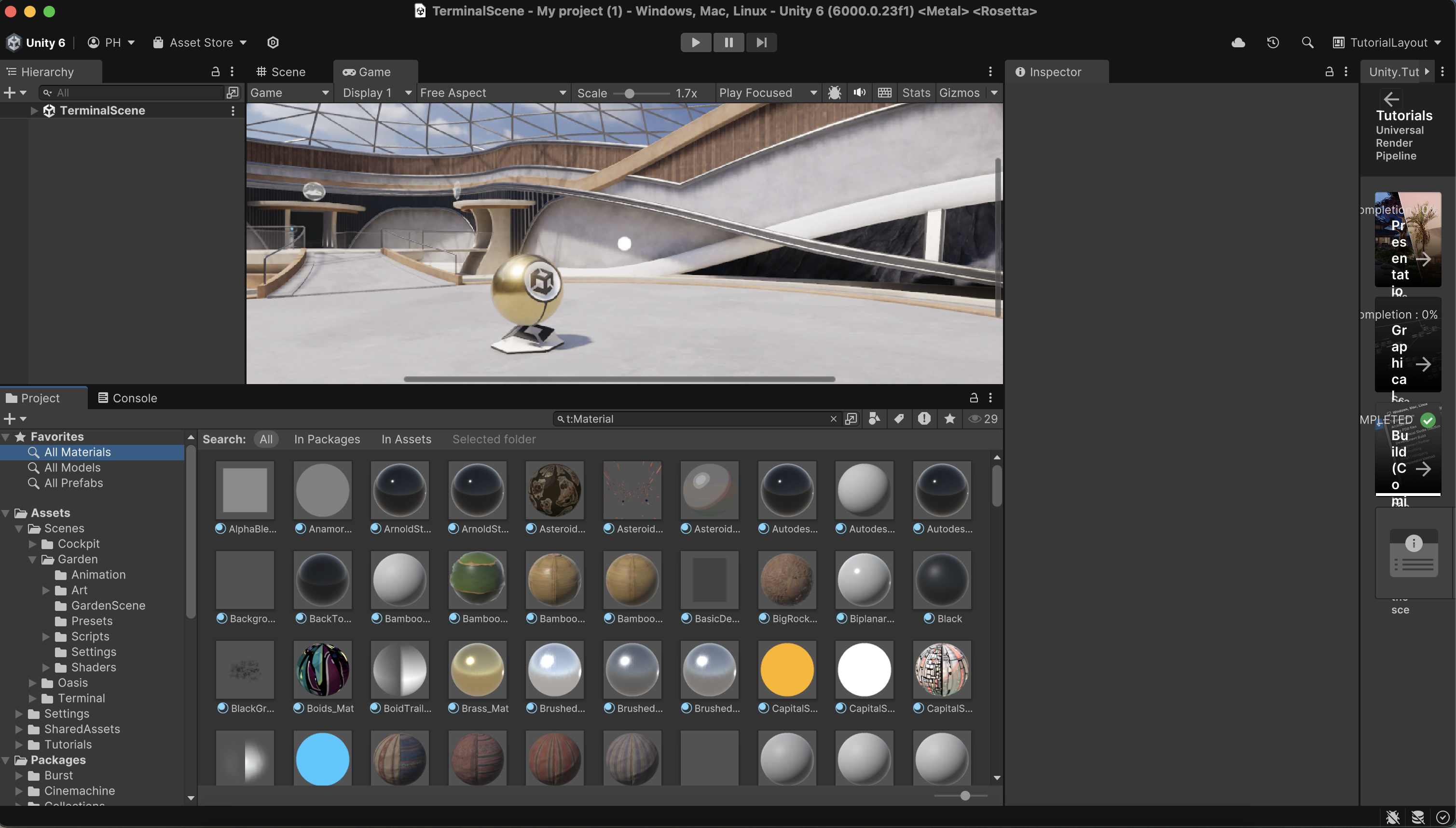
Unity offers two main types of subscription for Unity 6. The first is a personal subscription for artists earning under $200k per year. This subscription is 100% free and has no feature limitations at all.
If you earn more than this, you’ll need Pro subscription, which attracts a price of $2,080 per year. Any other subscriptions that fall outside of these parameters can be requested on demand.
Unity 6’s biggest competitor is Unreal Engine 5, which also offers a free version of its editor. The difference with UE5 is that customers must pay a 5% royalty on gross revenue if the game or product exceeds $1 million. As a result, it can be difficult to compare the two pricing structures and determine which is best for you.
Unity 6 review: buy it if
- You want world-quality tools
- You’re focused on mobile-game development
- You want to try real-time tools for free
Unity 6 review: don't buy it if
- You’re not prepared for the learning curve
- You don’t need real-time tools







